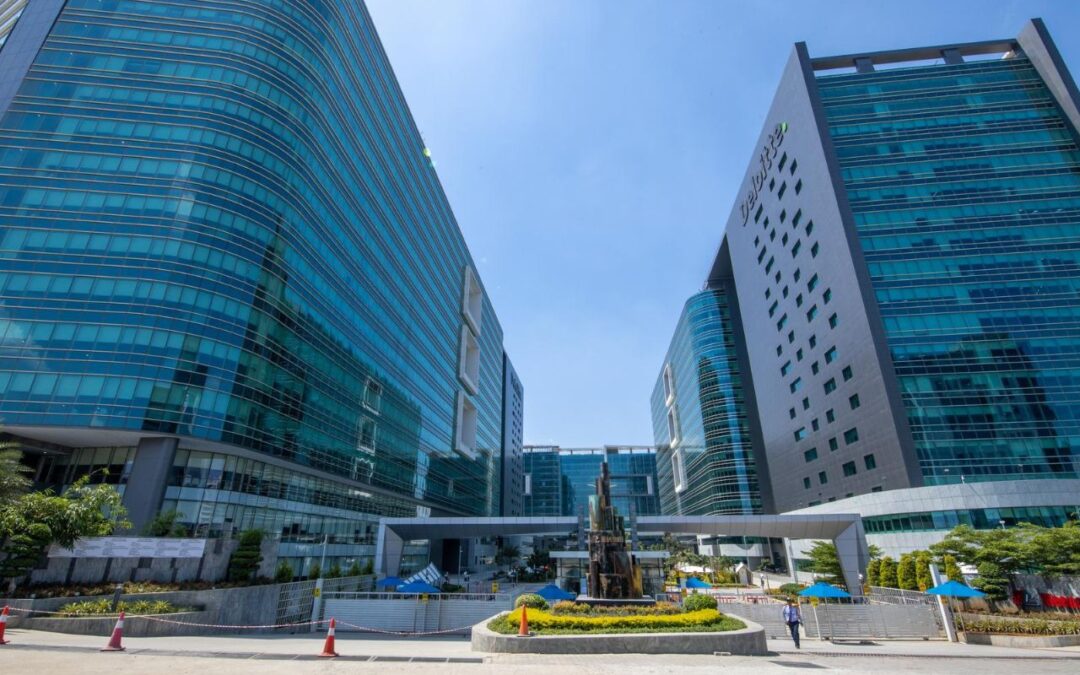Synopsis: Indian office space market has reached a record high for the first 9 months with a total of 59.6 million sq. ft leased. Office leasing in India has tremendous demand from the technology industry, BFSI, and GCCs and has high scope of future growth.
India commercial real estate recovers remarkably after 2023-24, office leasing crossing 59.6 million sq. ft. in in first 9 months led by the revival in tech, GCCs, and flexible office players focusing on key cities.
National Snapshot: India’s Office Leasing Landscape (2025)
- Total volume overall: Anticipated over 130 million sq. ft. for the year 2025.
- Year-on-year growth: About 15-18% for major metros.
- Key sectors stimulating demand: BFSI, manufacturing, startups, GCCs, and IT.
- 2025 will witness a definitive move towards end-use office demand for high-end sustainability-enabled hybrid-ready spaces to address evolving workplace norms and sustainability requirements.
1. Bengaluru – The Office Capital of India
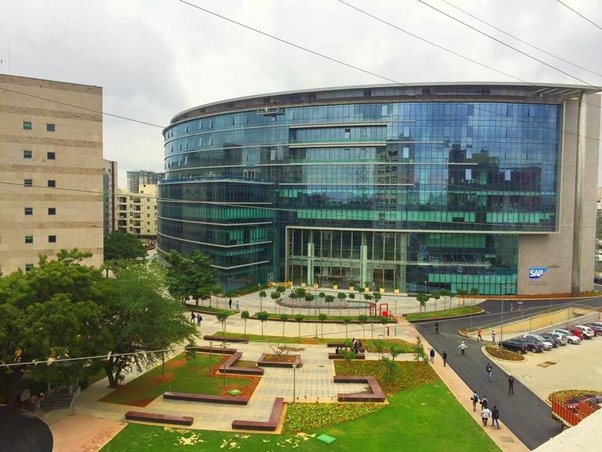
- Bengaluru emerged as a leader in leasing volumes contributing nearly 27% to national absorption in Q2 2025.
- The demand drivers included traditional IT, ITeS, and GCCs, predominantly within the hotspots of Outer Ring Road, North Bengaluru, and Whitefield.
- There are emerging trends within the market which includes a surge in interest for flexible offices and space associated with data centres linked to cloud growth and development within the public sector relating to digital services. Increased fintech hubs and GCCs have led to a rapid uptick in leasing demand resulting in over 4.8 million square feet of leased space in H1 2025.
2. Hyderabad – Tech and GCC Hub
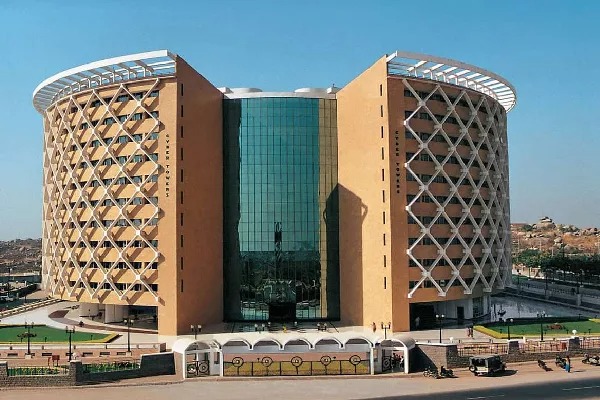
- Hyderabad has rapidly ramped up the supply of Grade-A offices and is attracting a mix of start-up businesses and large multinational GCCs. In 2025, the city recorded approximately 10-15 million sq.ft. of office leasing activity, much of which came from hospitals establishing regional offices and technology centres.
- The primary growth areas are focused in Gachibowli and Financial District (HITEC City).
- It continues to offer competitive rental rates that fuel demand across the market, especially related to infrastructure growth associated with metro expansions.
3. Delhi- NCR – Corporate Consolidation
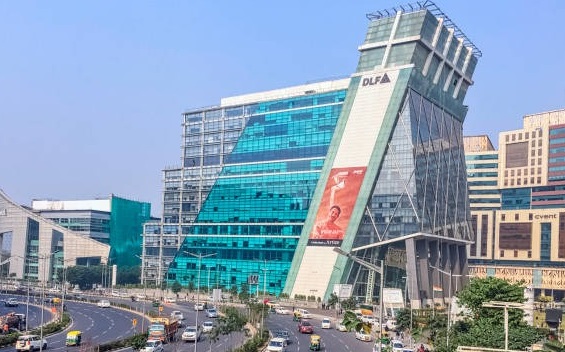
- The leasing activity was robust across the consulting industry, BFSI, and co-working operators. The leasing volume experienced in the region is expected to be between 10 to 15 million sq. ft. by 2025 from varying government bodies, banks, and insurance companies.
- Gurgaon is the largest leasing market while multiple tenants are considering options in Noida and Greater Noida to access a more affordable location.
- There has also been increased uptake of hybrid working trends and sustainable led office requirements by tenants.
Also read: Top 10 Newly Launched GCCs in India to Watch in 2025
4. Mumbai – Financial Core with Modern Market
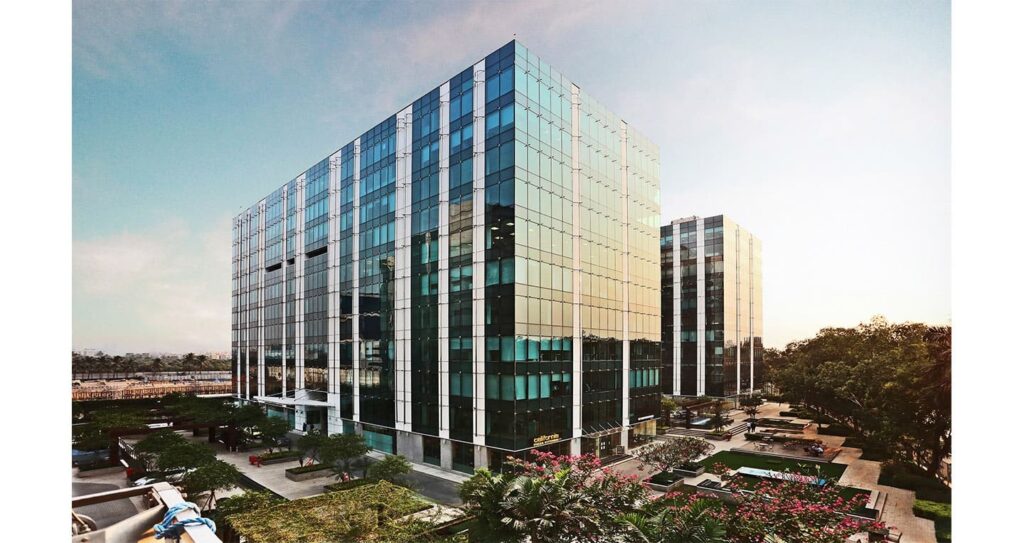
- The leasing activity was driven primarily from BFSI and increasing traction from new-age tech companies in the market.
- The most active micro-markets included Bandra Kurla Complex (BKC), Powai, and Navi Mumbai.
- A recent highlight was Morgan Stanley signing India’s largest lease in Goregaon, a building that will provide 1.1 million sq. ft. and a monthly rent of ₹15.96 crore.
5. Pune – Small Market, Larger GCC Demand
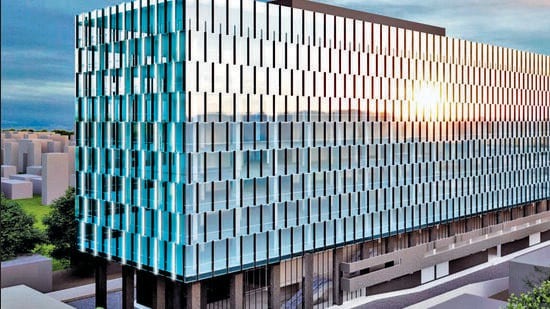
- Leasing in Pune totaled over 30 lakh sq. ft. in Q2 2025.
- Pune’s office leasing is led by global technology centers and startups.
- Hinjewadi and kharadi remain the primary leasing corridors.
- Pune’s reputation for cheap rents and good infrastructure continues to attract businesses looking to relocate from larger cities.
Emerging Secondary Markets
- Leasing activity is attracting cities like Chennai, Ahmedabad, and Kolkata because of their growing manufacturing hubs, IT parks, and government incentives.
- Improved connectivity and regional development policies are encouraging corporates to expand outside of metros.
Key Growth Drivers
- An increase in the number of GCCs in tier 1 and tier 2 cities.
- More focus towards flexible workspaces, co-working spaces, Grade-A offices.
- Green buildings and sustainability focus: Office demand is motivated by ESG concerns for energy-efficient and sustainable space.
- Infrastructure upgrade: Metro rail upgrades, interstate expressway extensions, and other transportation upgrades provide access to suburban office parks and fringes.
Conclusion
India’s major cities are leading the office leasing business growth fueled by infrastructure and company expansions. Flexible, efficient, green, and accessible will be the theme in the world of commercial real estate in the future. Flexible, efficient, green, and accessible will be the traits that will run through the tapestry that provides long-term value to occupants and participants in the business.
Written By Rachna Rajput

